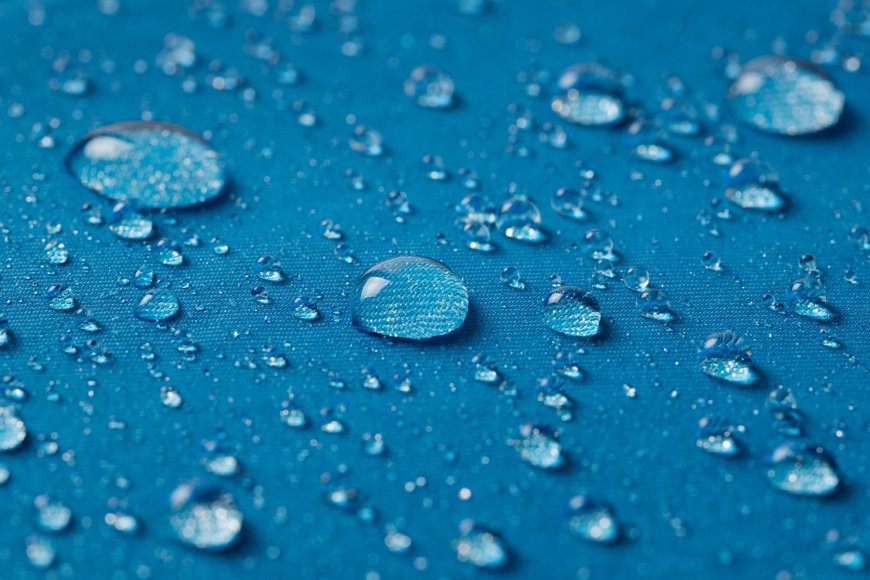Study Reveals How Hydrophobic Surfaces Trap Nanoplastics
Scientists discovered that hydrophobic interactions play a key role in immobilizing nanoplastics in porous media, impacting their movement in subsurface environments. The study sheds light on overlooked forces shaping nanoplastic behavior.

Scientists have discovered how hydrophobic surfaces trap nanoplastics in porous media, shedding light on the forces that influence their movement and impact on subsurface environments.
At the nanoscale, surface chemistry plays a crucial role in determining how particles travel and where they end up. A recent study published in Advancing Earth and Space Sciences emphasizes the significance of hydrophobic interactions in controlling the attachment of nanoplastics to surfaces, a factor often overlooked in traditional models.
Hydrophobic interactions, not accounted for in the classical DLVO model, can be dominant when both particles and surfaces exhibit hydrophobic properties. Previous research utilizing contact angle measurements, atomic force microscopy (AFM), and extended DLVO (XDLVO) modeling has demonstrated that these interactions create strong and sometimes irreversible bonds between particles and surfaces.
The study aimed to bridge these fundamental surface science principles with a practical understanding of nanoplastic transport in the environment.
The researchers produced ethyl cellulose nanoparticles around 70 nm in size to serve as a model nanoplastic. They prepared two types of surfaces for experimentation: hydrophilic untreated glass and glass coated with octadecyl trichlorosilane (OTS) to create a hydrophobic surface.
By conducting transport experiments in glass micromodels simulating porous media and utilizing extended DLVO modeling to calculate interaction energy profiles, the team observed that hydrophobic surfaces exhibited significantly higher nanoplastic retention compared to hydrophilic surfaces.
The results indicated that hydrophobic forces can lead to the irreversible trapping of nanoplastics, impacting their mobility and environmental distribution.
This study provides valuable insights into how nanoplastics behave in different environments and highlights the importance of considering surface properties in predicting their movement.
According to the source: AZoNano.
What's Your Reaction?
 Like
0
Like
0
 Dislike
0
Dislike
0
 Love
0
Love
0
 Funny
0
Funny
0
 Angry
0
Angry
0
 Sad
0
Sad
0
 Wow
0
Wow
0















































































































































































